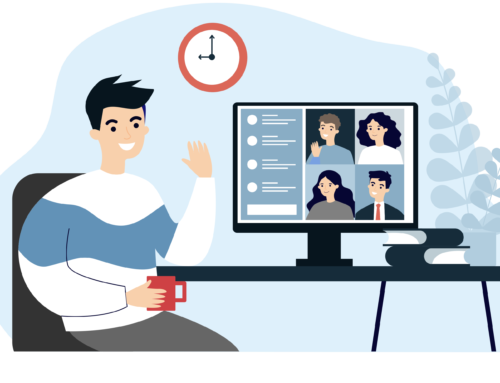By: Amanda Altieri, M.Ed., BCBA, LBA
Starting in-home services can be stressful. When going to appointments at a clinic or office, the expectation of what the staff needs from you is clear. However, with in-home services, the structure can be quite different. “What do I need?”, “Am I supposed to help?”, “What do they need from me?”, etc. All these questions race through your mind right before you start in-home services. Here are 7 tips to help prepare you and your family for in-home services:
Open Communication
Prepare Your Child
Timing Is Everything
Location Is Key
Prepare The Environment
Reinforcers
Look To The Provider For Guidance
The main objective of in-home services is to ensure your child is maintaining skills with everyone in their life. In-home services are used to ensure that when a child is with their family, everyone has the confidence and tools to help set your child up for success in every corner of their life.






